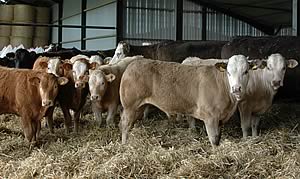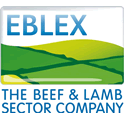 |
|||||||||
|
|||||||||||||||||||
| Boost Profitability
with Better-planned Biosecurity 01/05/06 Many English beef producers could increase the profitability of their suckler and finisher enterprises by at least 10% as well as protecting their livelihoods against key disease threats through better biosecurity, suggests the English Beef and Lamb Executive (EBLEX) in its latest Beef Action for Profit Factsheet.
First class biosecurity should be an essential part of every beef business health plan to reduce the risk of importing damaging diseases onto the farm and restrict the ease with which they can spread. In addition to providing much-needed disease protection, good biosecurity offers immediate financial benefits in reducing the incidence of disease and its depressing effect on productivity. Benefits which could easily add 10% or more to the annual profitability of many beef enterprises. Most biosecurity measures are fairly straightforward and self-explanatory. The latest EBLEX Action for Profit Factsheet identifies 12 main diseases for the focus of beef biosecurity efforts, with reminders on specific action to prevent their spread in each case – these include:
It recommends all new cattle should be isolated from the rest
of the herd and kept in quarantine for at least 4 weeks to allow
routine vaccinations and regular inspections for disease to be
undertaken with the right level of veterinary assistance.
|
|||||||||||||||||||

|
|
||||||||||||||||||
| home | agri-services | pedigree
pen | news | dairy | beef | machinery property | organisations | site map |
|||||||||||||||||||

